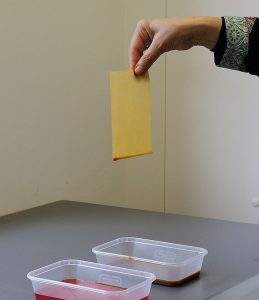Category: Henna
AKA Lawsonia inermis, henna tree, mignonette tree, Egyptian privet
Henna is well known as a body paint and hair dye, with a long history in creating simple to complex pattern and a range of natural shades in many cultures and rituals.
Whole, unbroken henna leaves will not stain the skin. Dried henna leaves will stain the skin if they are mashed into a paste, creating a stain. Since it is difficult to form intricate patterns from coarsely crushed leaves, henna is commonly traded as a powder[4] made by drying, milling and sifting the leaves. The dry powder is mixed with one of a number of liquids, including water, lemon juice, strong tea, and other ingredients, depending on the tradition. Many artists use sugar or molasses in the paste to improve consistency to keep it stuck to the skin better. The henna mix must rest between one and 48 hours before use.
Essential oils such as tea tree, cajuput, or lavender, will improve skin stain characteristics. Other essential oils, such as eucalyptus and clove, are also useful but are too irritating and should not be used on the skin.
Powdered fresh henna, unlike pre-mixed paste, can be easily shipped all over the world and stored for many years in a well-sealed package.
It is also a classic textile dye, offering tannish-olive to fawn green hues. It will dye wool, silk and other protein fiber and fabrics beautifully. It also works well on cellulose (plant-based) fiber and fabrics, but in less dramatic, lighter hues.
Sources
Wikipedia: Henna





